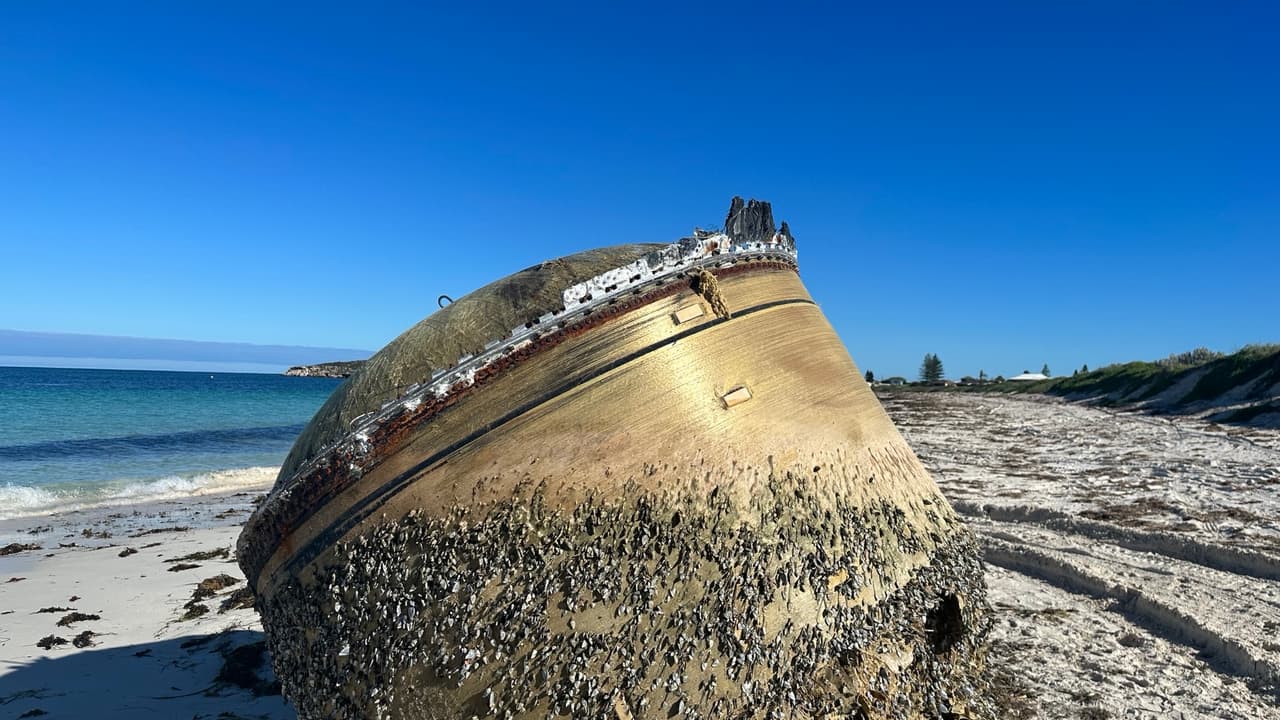A mysterious object that washed up on an Australian beach has been identified as debris from an Indian rocket, officials said Monday.
A mysterious object, encrusted with barnacles and resembling a bulky cylinder, was discovered on a remote beach near Jurien Bay in Western Australia in mid-July. This unusual finding prompted speculation from amateur sleuths, who considered various possibilities, including military origins or a connection to the vanished Malaysian Airlines flight MH370. However, the Australian Space Agency put an end to the speculations, confirming that the object was "most likely" debris from an "expended third-stage of a Polar Satellite Launch Vehicle." This launch vehicle is operated by the Indian Space Research Organisation (ISRO).

Measuring approximately two meters (six feet) in height and with dangling cables at the top, the object is currently being kept in storage. Authorities from both Australia and India are collaborating to gather further confirmation and explore the next steps, which may include considering their obligations under the United Nations space treaties.
"The debris remains in storage and the Australian Space Agency is working with ISRO, who will provide further confirmation to determine next steps, including considering obligations under the United Nations space treaties," the Australian Space Agency said.
"If the community spots any further suspected debris they should report it to local authorities and notify the Australian Space Agency via space.monitoring@space.gov.au. The Australian Space Agency is committed to the long-term sustainability of outer space activities, including debris mitigation, and continues to highlight this on the international stage," it added.
Interestingly, this is not the first time Australia has encountered space debris. Last August, a sheep farmer in New South Wales stumbled upon a charred chunk from one of Elon Musk's SpaceX missions protruding from his paddock.
The identification of the object brings clarity to the situation and highlights the significance of international cooperation in managing space activities and ensuring the responsible use of space technology.
